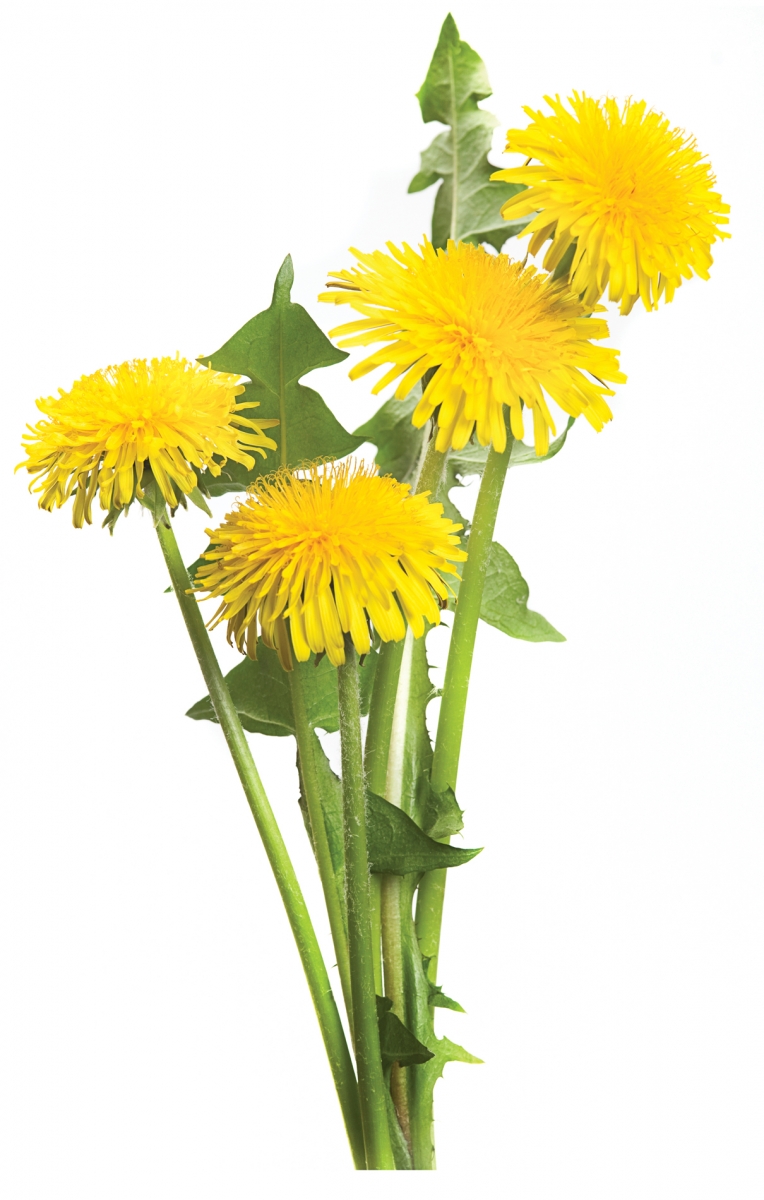Since the dandelion is probably one of the hardiest plants in the world, it’s unsurprisingly popular in cuisine around the globe. Italian chefs like to put the greens on pastas and pizzas, while Greek chefs often use them in salads. Blair Lebsack, chef and owner of RGE RD, sautés dandelion greens and includes them in dishes like open-faced fish ravioli, and he has used the blossoms in soup stock.
Bittersweet
The bitter flavour of dandelion leaves pair particularly well with ingredients that balance their sharpness. “Dandelions work really well with pecorino or parmesan cheese, or with a hit of citrus from lemon or begonia, which counteracts that bitterness,” Lebsack says. “Commercially grown ones are large and can withstand heat better, so they’re best to cook with. Those from your garden are great in salads.”
Down to the Roots
Dandelion greens are full of iron, making them especially beneficial for those with anemia, says John Feddema, who makes dandelion tea and a coffee substitute under the name Dandy Joe. Feddema makes his tea and coffee, which he and his wife sell at farmers’ markets in the city, by crushing dandelion roots with an old lawnmower that he retrofitted to do the job. Both the tea and the coffee are made in a similar way, but Feddema says the coffee is stronger.
Hardy and Evolved
Dandelion seeds can be carried up to five miles from where the parent plant grew.
Dandelions don’t require pollination in order to seed. Female parts of the flowers are able to grow seeds independently, with offspring genetically identical to their parents.
Before the last Ice Age, dandelions first grew in temperate and subarctic Eurasia, where the plants adapted to disturbed habitats. Dandelions spread when people started clearing land for agricultural and hunting purposes, creating similar disturbed habitats.
Recipe
Dandelion FlowerFritters
Recipe provided by the Alberta Native Plant Council
Makes 10 fritters
1 cup whole wheat flour
2 tbsp olive oil
